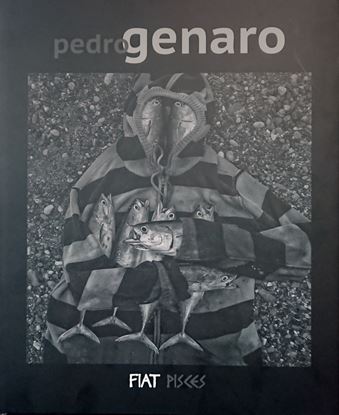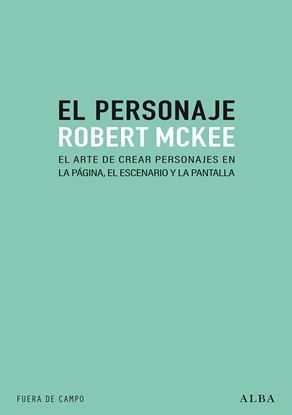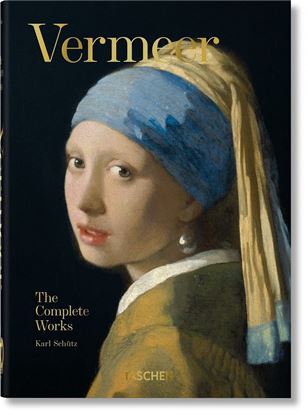

LA RENOVACION DEL SUEÑO AMERICANO
Este libro se publicó originalmente en 1984, con una segunda edición, revisada y ampliada, en 2002, que es la que se presenta aquí en versión española.
Dolores Hayden aborda el mito del 'sueño americano' y estudia unos modelos más satisfactorios de vivienda, trabajo y vida familiar en los Estados Unidos, así como en otros países donde el trabajo remunerado de las mujeres ha creado tensiones similares.
Primero se hace un recorrido por la historia de los tipos de viviendas desde la época colonial, con especial atención a la casa unifamiliar suburbana, y se analizan los retos para esa 'casa de ensueño' planteados por ambientalistas, grupos de mujeres y defensores de los derechos humanos.
Luego se identifican las necesidades y los deseos más profundos asociados al ideal de hogar, y se describen tres modelos de vivienda: la 'estrategia del refugio', la 'estrategia industrial' y la 'estrategia del vecindario', de los que se analizan los puntos fuertes y débiles. Además de las experiencias estadounidenses, se incluyen ejemplos de China, Cuba, Dinamarca, Suecia y Rusia.
Por último, se examina la relación entre los proyectos de vivienda y el espacio público; se estudia en qué circunstancias y lugares la vivienda coincide con el desarrollo comunitario; se considera la rehabilitación del tejido de viviendas y barrios; y se incluyen muchos ejemplos de proyectos experimentales realizados por particulares, grupos pequeños y gobiernos locales y nacionales.
1,995
1,496
FIAT PISCES
Cuando se tiene la oprtunidad de asumir un proyecto de larga duración, se puede hurgar en lo mas...
1,995
1,496
RODANDO. LA PLANIFICACION DE SECUENCIAS
RODANDO` ES EL COMPAÑERO PERFECTO PARA LOS CINEASTAS DUDOSOS TRAS LAS CÁMARAS. A LO LARGO DE SUS PAGINAS STEVEN D. KATZ ABORDA LA PLANIFICACIÓN DE SECUENCIAS DESDE TODOS LOS PUNTOS DE VISTA Y LAS CIRCUNSTANCIAS DE LA PRODUCCIÓN SIEMPRE DE UNA FORMA AMENA Y EMINENTEMENTE PRACTICA. ANTICIPA TODOS Y CADA UNO DE LOS PROBLEMAS CON LOS QUE SE ENCONTRARA EL DIRECTOR AL LLEGAR AL RODAJE: LA COREOGRAFÍA DE ACTORES Y CÁMARA LA ELECCIÓN DEL MATERIAL LA FORMA DE ECONOMIZAR TIEMPO Y RECURSOS LOS ASPECTOS RELATIVOS AL DISEÑO DE DECORADOS Y ELECCIÓN DE LOCALIZACIONES. ADEMAS LAS ENTREVISTAS A ALGUNOS DE LOS PROFESIONALES QUE AYUDARON A LA CREACIÓN DE PELÍCULAS COMO `TERMINATOR` `LOS PAJAROS` `EL GRADUADO` `E.T. EL EXTRATERRESTRE` O `TAXI DRIVER` COMPLETAN ESTE VOLUMEN.
1,995
1,496
EL PERSONAJE
¿Cómo crear un personaje? ¿Cómo conseguir que sea memorable, único, profundo y contradictorio? ¿Qué tienen en común Ulises, Carrie Bradshaw, Blanche DuBois y Walter White? El personaje es un recorrido por los fundamentos básicos para crear buenos personajes. Desde cómo Occidente se ha planteado a lo largo de su historia el arte de la poiesis, a las diferentes formas de abordar la construcción de un personaje, pasando por el análisis de personajes míticos de la literatura, del cine o de la televisión o cuáles son las claves para mejorar los procesos creativos.
1,995
1,496
VERMEER. THE COMPLETE WORKS (40) (GB)
Despite numbering at just 35, his works have prompted a New York Times best seller; a film starring Scarlett Johansson and Colin Firth; record visitor numbers at art institutions from Amsterdam to Washington, DC; and special crowd-control measures at the Mauritshuis, The Hague, where thousands flock to catch a glimpse of the enigmatic and enchanting Girl with a Pearl Earring, also known as the “Dutch Mona Lisa”.
In his lifetime, however, the fame of Johannes Vermeer (1632–1675) barely extended beyond his native Delft and a small circle of patrons. After his death, his name was largely forgotten, except by a few Dutch art collectors and dealers. Outside of Holland, his works were even misattributed to other artists. It was not until the mid-19th century that Vermeer came to the attention of the international art world, which suddenly looked upon his narrative minutiae, meticulous textural detail, and majestic planes of light, spotted a genius, and never looked back.
This 40th anniversary edition showcases the complete catalog of Vermeer’s work, presenting the calm yet compelling scenes so treasured in galleries across Europe and the United States into one monograph of utmost reproduction quality. Crisp details and essays tracing Vermeer’s career illuminate his remarkable ability not only to bear witness to the trends and trimmings of the Dutch Golden Age but also to encapsulate an entire story in just one transient gesture, expression, or look.
1,995
1,496
STAR WARS LA ENCICLOPEDIA VISUAL
Todos los secretos de la cultura, la ciencia, la tecnología en la geografía Star Wars™ mostrados de forma completamente visual en una galería de más de 2500 imágenes.
Este volumen cubre personajes, criaturas, planetas, vehículos, armas y tecnología entre otros muchos aspectos con explicaciones detalladas e increíbles detalles.
Con un recorrido por la historia política en la galaxia Star Wars, desde el Consejo Jedi al Imperio, cada sección de este libro en español de Star Wars se centra en diferentes temas prestando especial atención a los detalles de la saga sin importar lo pequeños que sean. Un libro imprescindible en la biblioteca de todos los fans de la saga.
- Recorre y explora toda la geografía de la galaxia
- Conoce todas las criaturas, especies animales y vegetales que habitan la galaxia
- Sumérgete en la historia y política galáctica
- Adéntrate en la cultura y las costumbres de la galaxia
- Descubre todo sobre las naves Star Wars y la tecnología galáctica
Todo ello en este libro de tapa dura de Star Wars, completamente visual.
1,995
1,496














